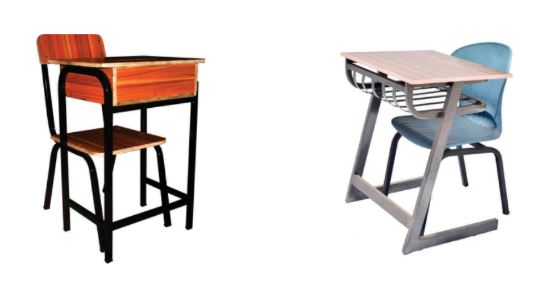
Starting a manufacturing business can be a rewarding venture, especially when addressing the needs of educational institutions. Here’s a step-by-step guide to help you get started, inspired by the success of OLATUNDE PRESTIGE Limited:
1. Market Research
Identify Demand: Research the needs of schools and other potential markets. Understand the types of furniture that are in high demand and identify any gaps that your business can fill.
Analyze Competitors: Study your competitors to understand their strengths and weaknesses. Look for opportunities to offer unique or improved products that set your business apart.
2. Business Plan
Define Your Vision: Outline your business goals, mission, and vision. A clear direction will guide your decisions and strategies as you start and grow your business.
Financial Planning: Develop a detailed financial plan, including startup costs, operational expenses, and revenue projections. Consider how you will fund your business and manage cash flow.
3. Product Development
Design and Prototyping: Create designs and prototypes of your furniture products. Focus on quality, functionality, and versatility to meet the needs of your target market.
Material Sourcing: Identify reliable suppliers for the materials you need. Quality materials are essential for producing durable and appealing furniture.
4. Manufacturing Setup
Facility and Equipment: Secure a suitable manufacturing facility and invest in the necessary equipment. Efficient production processes are key to maintaining quality and meeting demand.
Skilled Workforce: Hire skilled workers who are experienced in furniture manufacturing. Training and retaining a competent workforce is crucial for maintaining high standards.
5. Marketing and Sales
Branding: Develop a strong brand identity that reflects your values and appeals to your target market. A compelling brand story can differentiate your business in a competitive market.
Online Presence: Establish a professional online presence with a well-designed website and active social media profiles. Showcase your products and engage with potential customers online.
Sales Strategy: Develop a sales strategy that includes both direct sales and partnerships with retailers or distributors. Attend industry trade shows and events to network and showcase your products.
6. Quality Control
Consistency: Implement rigorous quality control processes to ensure that every piece of furniture meets your high standards. Consistent quality builds trust and loyalty among customers.
Customer Feedback: Encourage and listen to customer feedback to continuously improve your products and services. Satisfied customers can become your best advocates.
Conclusion
Starting a manufacturing business requires careful planning, dedication, and a focus on quality and customer satisfaction. By following these steps and learning from the success of established companies like OLATUNDE PRESTIGE Limited, you can build a successful manufacturing business that meets the needs of your target market. Whether you’re producing school furniture or other types of products, a commitment to excellence will set your business apart and drive long-term success.
Author





